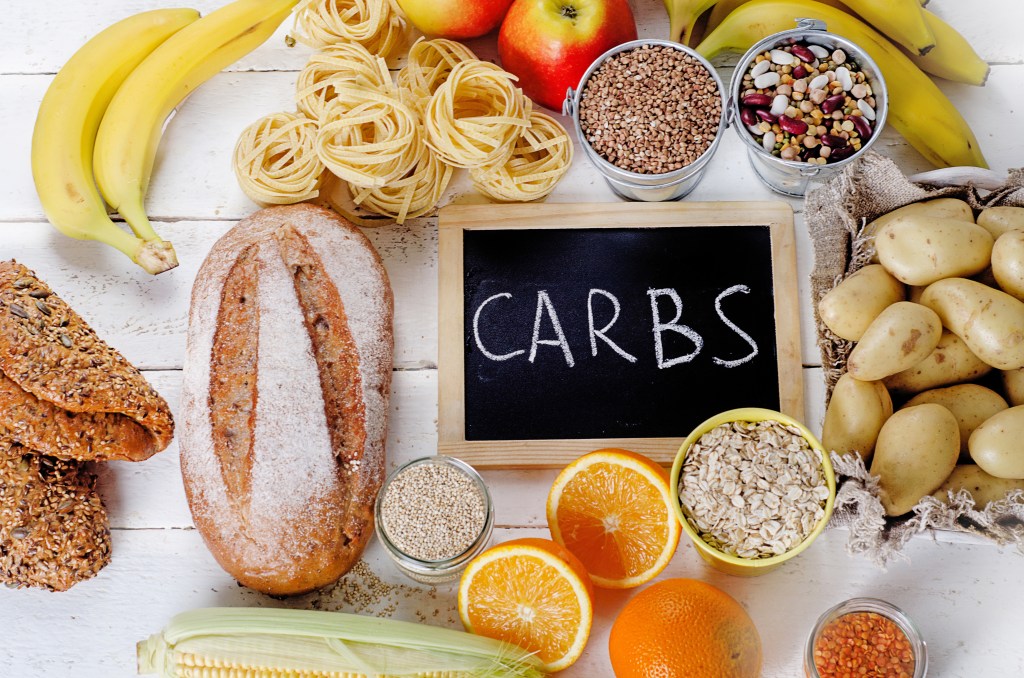At a glance
Beef tallow is a nutrient-dense animal fat rich in vitamins A, D, E, and K2, which support hormone balance, skin health, and immune function. Once replaced by industrial seed oils, it’s now being rediscovered for its stability, flavor, and nutritional value. Its healthy fats promote satiety, support ketosis, and help maintain steady energy levels, making it ideal for high-heat cooking and low-carb diets.
Beef tallow is pure rendered beef fat that can be used for cooking, frying, and baking.
It’s loaded with health-promoting fatty acids and fat-soluble vitamins–and it’s an excellent addition to your Healthy Keto® diet.
Find out how beef tallow can help support a healthy body weight and discover how to incorporate this rendered fat into your routine.
Is beef tallow healthy?
Beef tallow and other traditional animal fats are rich sources of essential fat-soluble nutrients, including vitamins A, D, E, and K2. These nutrients play key roles in immune function, hormone production, and the health of your skin and hair.
Animal fats also supply beneficial fats, including omega-3 fatty acids such as docosahexaenoic acid (DHA), essential for brain development, cognitive function, and overall neurological health.
In addition, beef tallow offers high-quality saturated fat, which is a vital structural component in cell membranes and serves as a building block for many hormones.
So why did beef tallow fall out of favor?
In the late 1970s, U.S. dietary guidelines began emphasizing a reduction in saturated fat intake, based largely on poorly designed observational studies that linked it to heart disease.
This led to the widespread replacement of saturated fats from animal sources like beef tallow and lard with industrial seed and vegetable oils, such as soybean, corn, and canola oil.
However, these oils contain high concentrations of omega-6 fatty acids, which, when consumed in excess and in refined forms, can promote inflammation and oxidative stress. This oxidative damage has been associated with an increased risk for heart disease and other chronic health issues.
Research published in Current Opinions in Endocrinology, Diabetes, and Obesity found no consistent link between the intake of saturated fat or animal fat and an increased risk of coronary heart disease, challenging decades of conventional dietary advice.1
The authors conclude, “The re-evaluation of saturated fats that has occurred over the past decade implies that caps on these fats are not warranted and should no longer be part of national dietary guidelines.”
Watch the video below to discover how beef tallow can help support a healthy body weight.
How do you use beef tallow?
Before vegetable shortening became widely available, beef tallow was the primary cooking fat used in kitchens around the world. It was a staple ingredient in soups, stews, and even baked goods.
“Beef tallow has a naturally high smoke point and excellent heat stability, making it ideal for high-heat cooking such as frying,” explains Dr. Berg. “French fries were originally cooked in beef tallow, and this traditional method is making a comeback.”
Beef tallow tastes rich and savory, with a deep, umami flavor that adds a distinct richness to dishes, especially when used in frying or roasting.
Outside the kitchen, beef tallow is valued for its benefits to skin health. Rich in fat-soluble vitamins, it’s commonly used in natural skincare products, as well as in soaps and candles.
You can also make beef tallow at home by slowly simmering fatty cuts of beef in a pot or slow cooker until the fat separates from the meat.

Is tallow keto-friendly?
Yes, beef tallow is keto-friendly as it’s a high-fat, low-carb cooking fat that aligns perfectly with the ketogenic diet.
Tallow is rich in saturated and monounsaturated fatty acids, which are beneficial for maintaining ketosis. It also contains virtually no carbohydrates, making it an excellent option for cooking and frying on keto.
Additionally, its high smoke point makes it ideal for high-heat cooking without compromising its nutritional value.

5 ways tallow can help you lose weight
Contrary to common belief, animal fats like lard and beef tallow won’t contribute to weight gain when consumed in moderate amounts. In fact, they may actually support a healthy body weight by promoting satiety and helping regulate hormones involved in fat metabolism.
Here are five ways tallow can help support weight loss.
1. Rich source of conjugated linoleic acid
Beef tallow is a good source of conjugated linoleic acid (CLA), a type of fatty acid found naturally in animal fats, particularly from grass-fed cattle.
CLA has been shown to have potential fat-burning properties by helping to increase the body’s metabolic rate and promote the breakdown of stored fat.
Additionally, research published in the Journal of the International Sports Nutrition Society found that CLA supports a healthy body composition by encouraging lean muscle mass retention while reducing body fat.2
2. Helps extend fasting periods
Beef tallow is rich in saturated fatty acids, which help promote feelings of fullness and satiety between meals, making it easier to go longer without eating.
This is especially helpful for extending fasting periods, as it curbs hunger and cravings. The longer you fast, the more your body relies on stored fat for energy, which is essential for promoting fat loss and supporting metabolic health.

3. Reduces crab and sugar cravings
Beef tallow can help manage carb and sugar cravings by keeping you feeling full and satisfied.
When you consume healthy fats such as beef tallow, your body experiences longer-lasting satiety, making it easier to resist the urge for carb-heavy snacks and meals. This helps maintain stable blood sugar levels and reduces the temptation to reach for sugary or starchy foods.
4. Supports ketosis
Beef tallow supports ketosis by providing a high amount of healthy fats, which are the primary fuel source for the body during ketosis.
This pure fat offers various saturated and monounsaturated fats that help maintain stable energy levels while maintaining fat-burning. This makes beef tallow an excellent fat source for maintaining and fueling ketosis, which has been linked to significant weight loss.
5. Promotes gut health
Beef tallow promotes gut health by supporting the balance of beneficial fats in the digestive system, which helps maintain a healthy gut lining and reduces inflammation.
The fat-soluble vitamins and fatty acids found in tallow are essential for gut function, as they help nourish and protect the intestinal walls, supporting better digestion and nutrient absorption.
A healthy gut is key to maintaining a balanced metabolism, which can help regulate appetite, reduce bloating, and promote healthy weight management.
Key takeaways
- Beef tallow is rendered beef fat valued for its rich flavor and high smoke point, making it excellent for frying and roasting.
- Its stable, saturated, and monounsaturated fats make it ideal for high-heat cooking, while promoting satiety and steady energy levels.
- Once replaced by seed oils, beef tallow is regaining popularity for its nutritional value and role in supporting ketosis.
FAQ
1. What is beef tallow?
Beef tallow is pure fat that has been rendered from beef.
2. How is beef tallow made?
Beef tallow is created by rendering beef fat, a process in which the fat is slowly cooked to separate it from the meat. The result is a smooth, creamy fat that can be used in various cooking methods.
3. Is beef tallow keto?
Yes, beef tallow is keto-friendly. It’s a pure beef fat that fits perfectly within the ketogenic diet, being rich in healthy fats and completely free of carbs, making it an ideal fat source for maintaining ketosis.
4. Is beef tallow healthy?
Yes, beef tallow is highly nutritious, as it’s packed with fat-soluble vitamins and health-promoting fatty acids. For the healthiest option, choose organic, grass-fed beef tallow.
5. How do you cook with tallow?
Beef tallow can be used to replace butter, shortening, or any other cooking oil. Tallow can be melted and used for frying, roasting vegetables, searing meat, or even baking to add a rich, savory flavor..
6. Will tallow raise my cholesterol?
No, beef tallow won’t necessarily raise your cholesterol. When consumed as part of a balanced diet, natural fats like tallow can be part of a healthy lifestyle and aren’t associated with blood lipid imbalances.
7. Is tallow the same as lard?
No, tallow and lard aren’t the same. Tallow is rendered fat from beef, while lard comes from rendered pork fat.
8. What does beef tallow taste like?
Beef tallow has a rich, savory flavor with a mild beefy undertone. It enhances the taste of foods without overpowering them, making it ideal for frying, roasting, and sautéing.
Sources
- https://pmc.ncbi.nlm.nih.gov/articles/PMC9794145/ ?
- https://pmc.ncbi.nlm.nih.gov/articles/PMC4574006/ ?


















